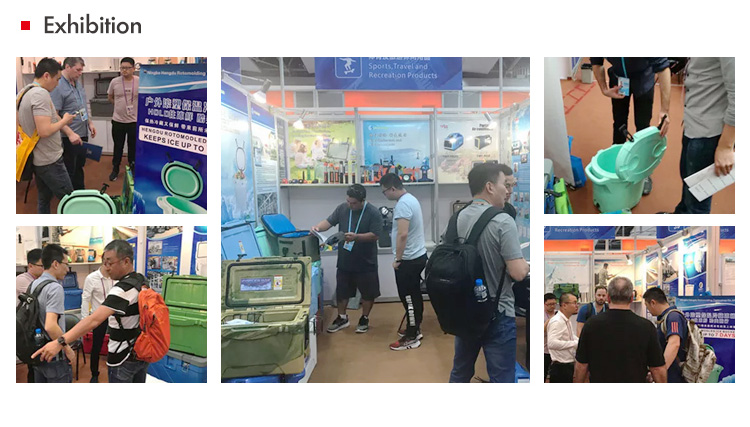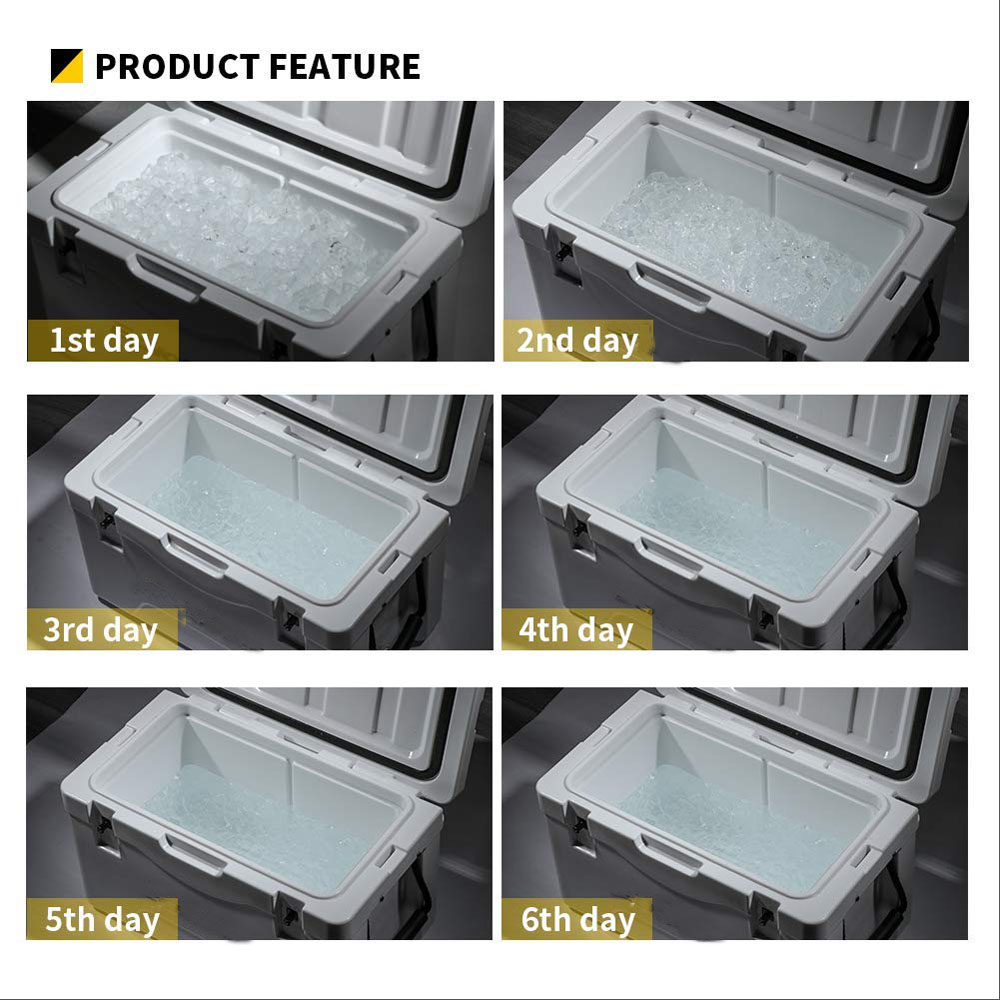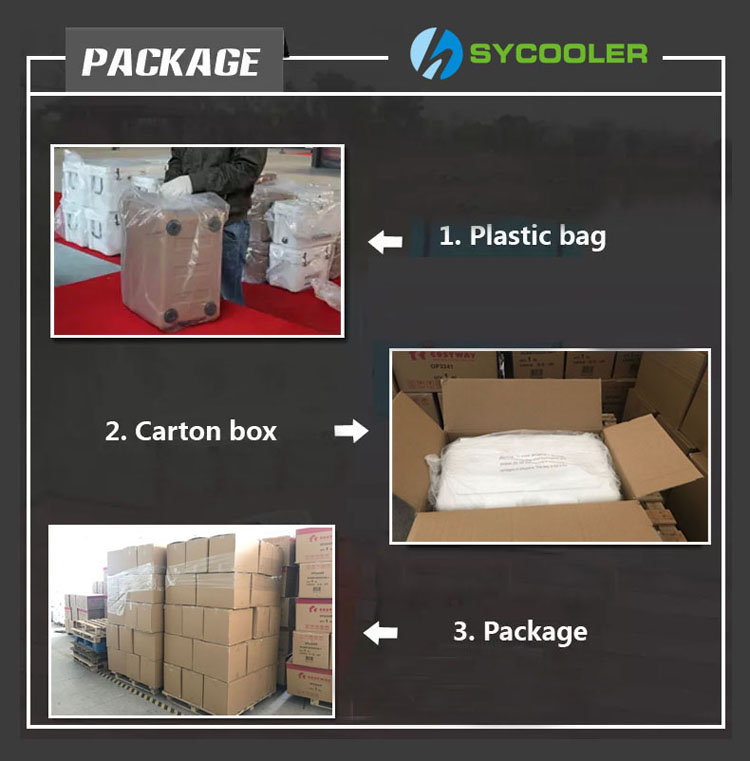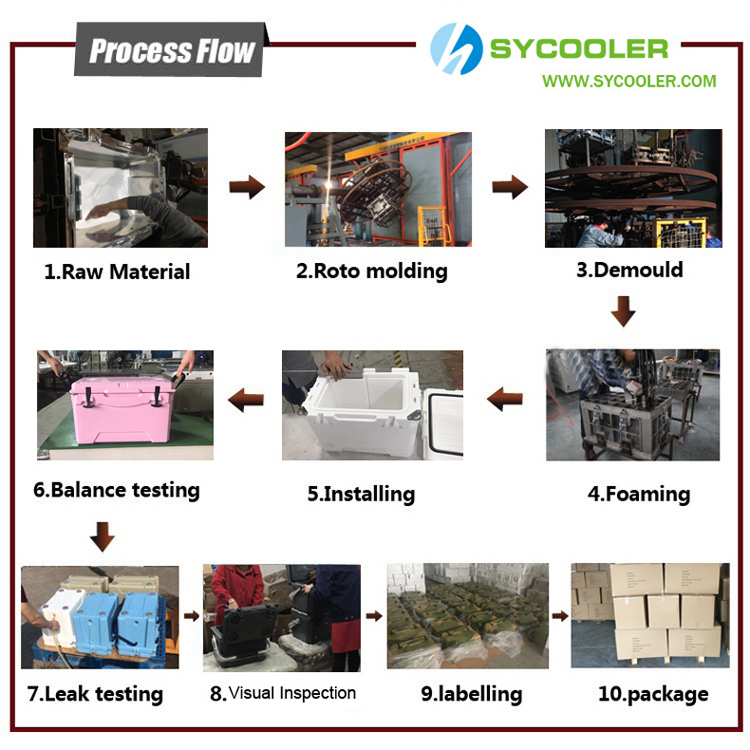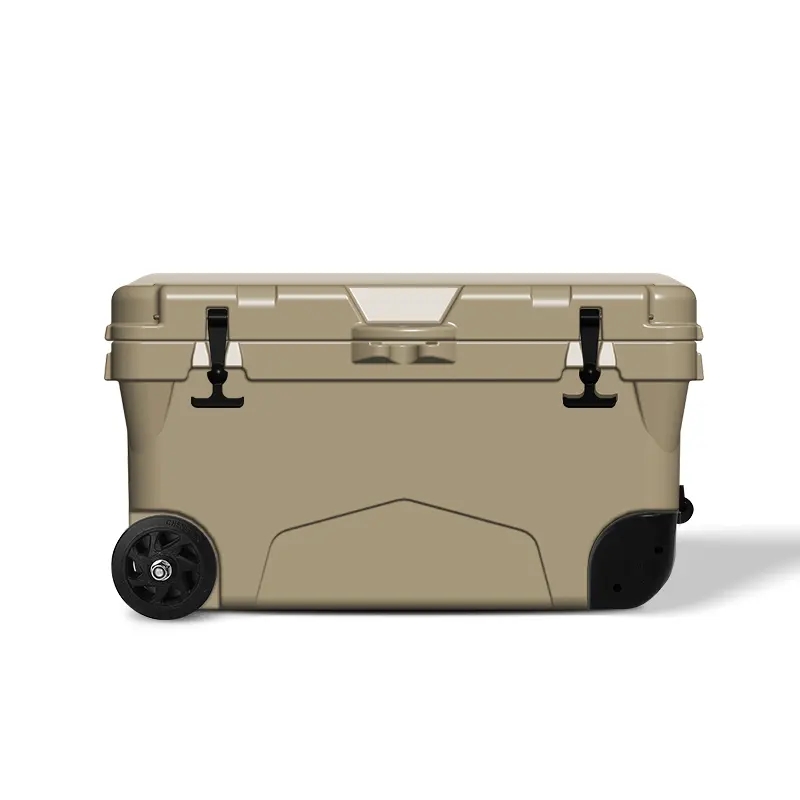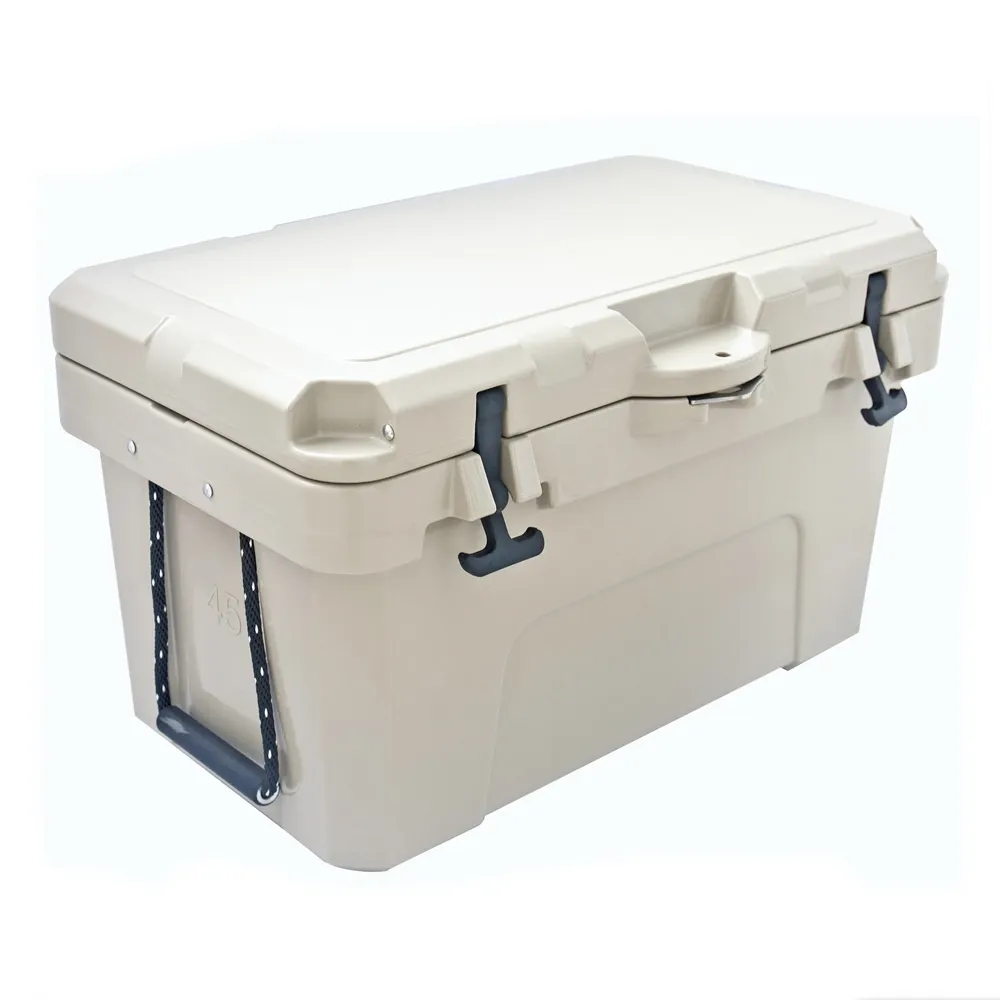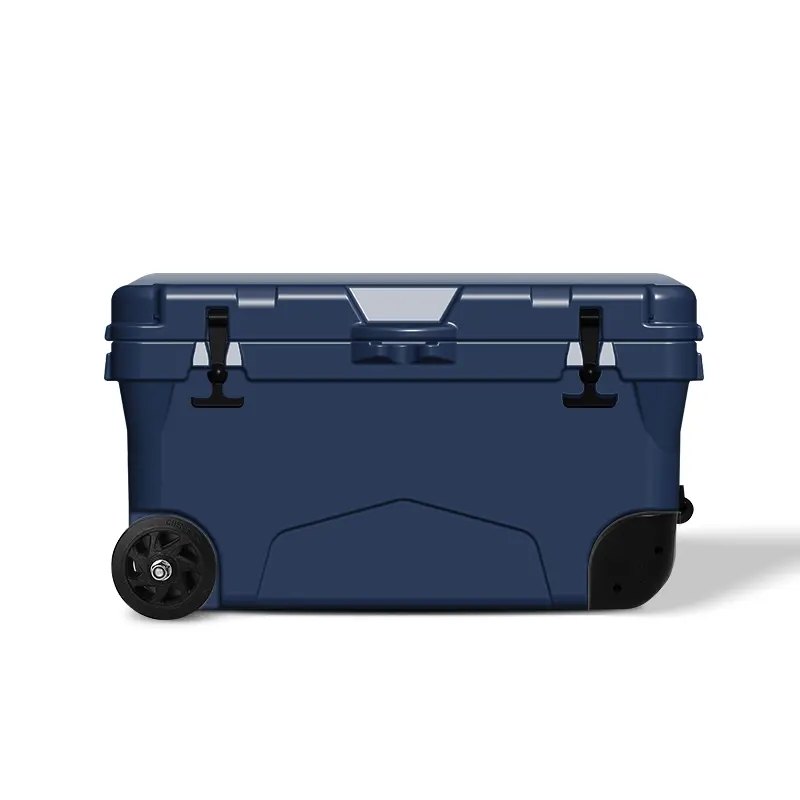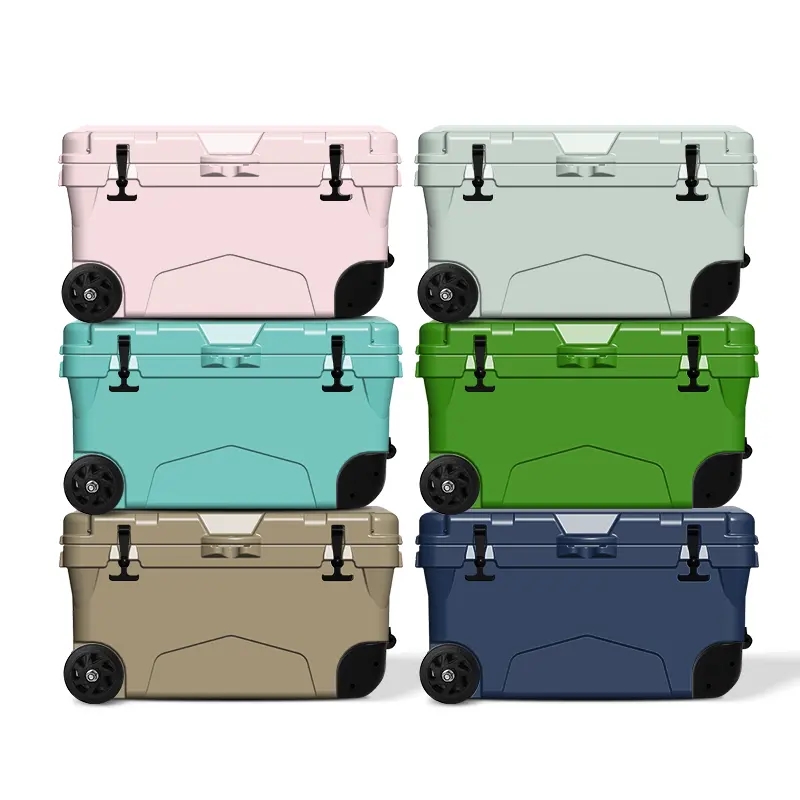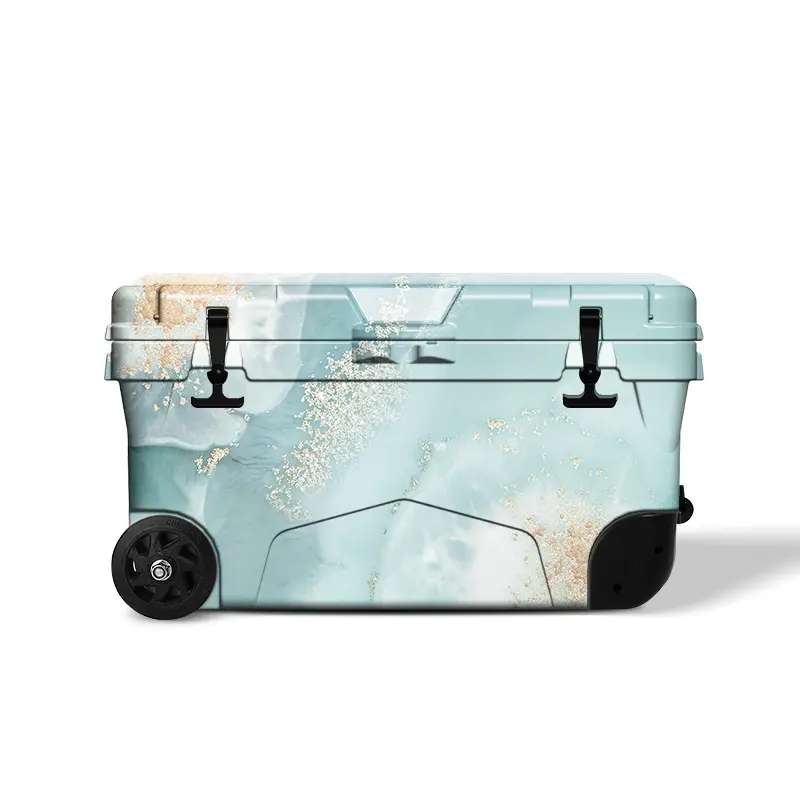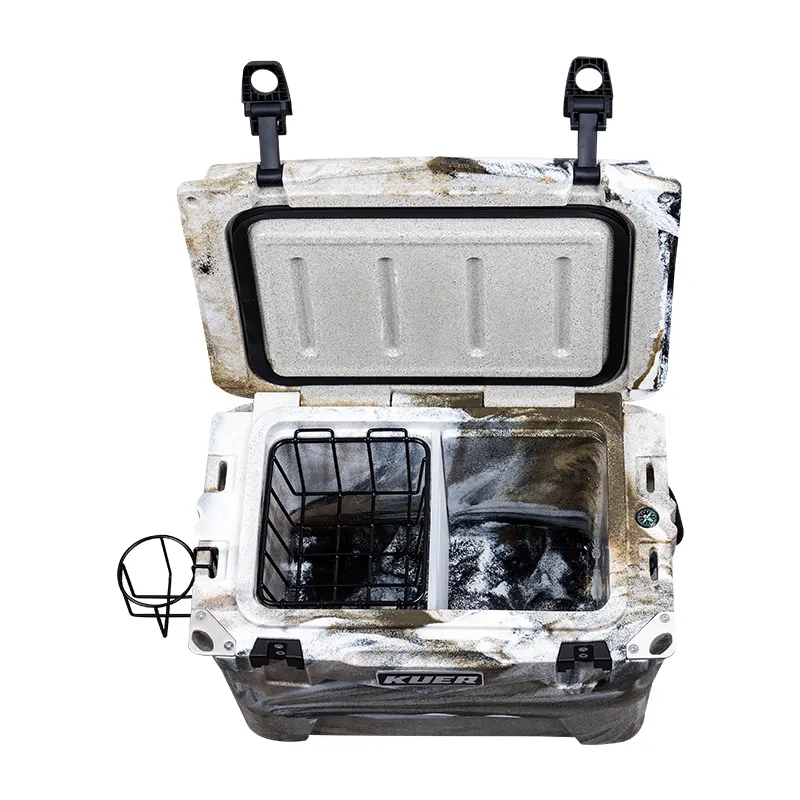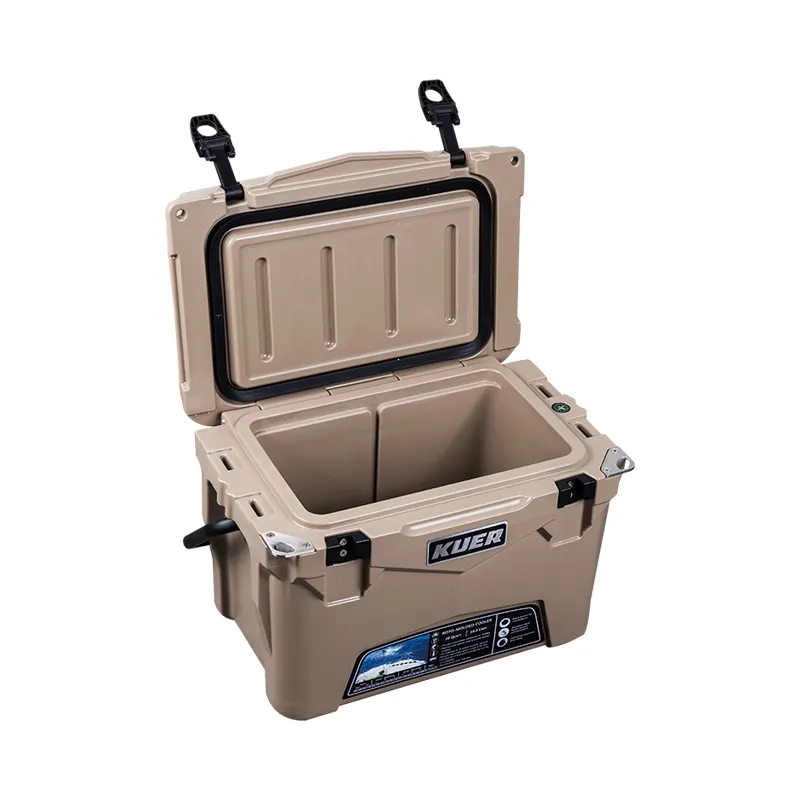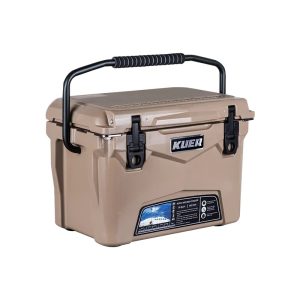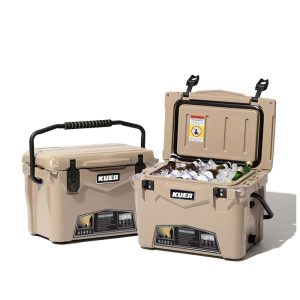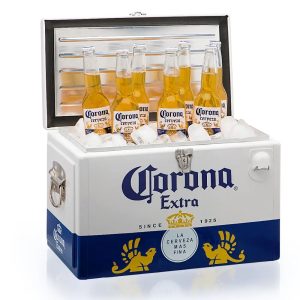Insulation boxes, also known as insulated containers or thermal boxes, are designed to provide temperature control and protection for items stored within them. They offer several benefits in various contexts, primarily related to maintaining temperature stability, protecting sensitive items, and ensuring efficient transportation. Here are some of the key benefits of insulation boxes:
- Temperature Regulation: Insulation boxes are designed to regulate and maintain a consistent internal temperature. This is particularly important for items that are sensitive to temperature changes, such as food, medications, vaccines, and biological samples. Insulated containers help prevent temperature fluctuations that could lead to spoilage, degradation, or loss of effectiveness.
- Preservation of Freshness: Insulated boxes are commonly used in the food industry to preserve the freshness of perishable items. They help keep hot foods hot and cold foods cold, making them ideal for transporting cooked meals, groceries, and catering orders.
- Medical and Pharmaceutical Applications: In the medical and pharmaceutical fields, insulation boxes are crucial for transporting temperature-sensitive medications, vaccines, and biological samples. These boxes help maintain the required temperature ranges, ensuring the efficacy of the products and the safety of patients.
- Reduced Energy Consumption: Insulation boxes can contribute to energy conservation. By maintaining the desired temperature within the box, less energy is needed to keep items cold or hot, reducing the overall energy consumption and cost.
- Extended Storage Time: Insulation boxes can extend the storage time of temperature-sensitive items, allowing for longer transportation periods without compromising the integrity of the products. This is particularly useful for transporting goods over longer distances or in situations where immediate delivery is not possible.
- Environmental Benefits: Using insulation boxes for transporting goods that require temperature control can help reduce the need for single-use packaging materials, such as Styrofoam or ice packs. This contributes to reducing waste and the environmental impact of packaging.
- Safe Transportation: Insulation boxes provide protection for fragile items during transportation. The cushioning effect of insulation materials can help prevent breakage or damage due to impact.
- Regulatory Compliance: In some industries, there are strict regulations and guidelines regarding the transportation and storage of temperature-sensitive items. Insulation boxes help businesses comply with these regulations, avoiding costly penalties and maintaining product quality.
- Versatility: Insulation boxes come in various sizes and designs to accommodate different types of items. They can be used for transporting food, beverages, pharmaceuticals, laboratory samples, flowers, and more.
- Emergency Situations: During natural disasters or emergencies, insulation boxes can be used to transport essential supplies, medications, and medical equipment to affected areas while maintaining their integrity.
In summary, insulation boxes offer benefits across industries by providing temperature stability, protecting sensitive items, and ensuring efficient transportation. They play a critical role in maintaining the quality, safety, and efficacy of products while reducing waste and energy consumption.
Packaging methods for insulated boxes involve using various materials and techniques to create a thermal barrier that helps maintain temperature stability within the box. The choice of packaging method depends on the specific requirements of the items being transported and the duration of temperature control needed. Here are some common packaging methods for insulated boxes:
- Insulation Materials:
- Foam Insulation: Expanded polystyrene (EPS) foam or polyurethane foam is commonly used for insulation. These materials have excellent thermal insulating properties and can be molded to fit the shape of the box.
- Reflective Insulation: Reflective materials, often made from layers of foil or metalized film, can reflect heat away from the contents of the box. These materials are typically used in combination with other insulating materials.
- Fiberglass or Mineral Wool Insulation: These materials provide good insulation and can be used for applications where foam insulation is not suitable.
- Double-Walled Construction: Some insulated boxes feature a double-walled construction, where there is an air gap between the inner and outer walls. This air gap acts as an additional layer of insulation, helping to further reduce heat transfer.
- Vacuum Insulation Panels (VIPs): VIPs are panels with a core material that is evacuated of air, creating a vacuum. This highly efficient insulation method is used when space is limited and high insulation performance is required.
- Phase Change Materials (PCMs): PCMs absorb or release heat at specific temperatures, helping to maintain a consistent temperature within the box. They are especially useful for situations where temperature fluctuations are a concern.
- Gel Packs or Ice Packs: These are cold packs that can be pre-frozen and placed inside the insulated box to help maintain low temperatures. They are commonly used for transporting perishable items that need to stay cold.
- Heating Elements: For items that need to be kept warm, heating elements can be added to the insulated box. These elements generate controlled heat to maintain the desired temperature.
- Sealing and Closures: Proper sealing and closures are essential to prevent air leakage, which could compromise the insulation’s effectiveness. High-quality seals, zippers, or Velcro closures can help maintain the thermal barrier.
- Customized Fit: Some insulated boxes are custom-designed to fit specific items, ensuring maximum contact between the insulation and the contents. This minimizes air pockets and enhances insulation performance.
- Outer Packaging: In addition to the insulation, the outer packaging of the insulated box should also provide some level of protection. Corrugated cardboard, sturdy plastic, or other durable materials can be used for the outer shell of the box.
- Testing and Validation: Insulated boxes may undergo testing to ensure they meet temperature control requirements. This could involve thermal testing in various environmental conditions to validate their effectiveness.
When selecting a packaging method for insulated boxes, it’s important to consider factors such as the type of items being transported, the required temperature range, duration of transport, and any regulatory guidelines that apply to the specific industry.
Insulation boxes offer several advantages across different industries and applications due to their ability to maintain temperature stability and protect sensitive contents. Here are some key advantages of insulation boxes:
- Temperature Control: Insulation boxes provide effective temperature regulation, ensuring that the contents remain within a desired temperature range. This is critical for items that are sensitive to temperature fluctuations, such as food, pharmaceuticals, vaccines, chemicals, and biological samples.
- Preservation of Product Quality: Insulation boxes help maintain the quality and integrity of perishable items. For example, in the food industry, insulation boxes keep hot foods hot and cold foods cold, preserving their taste, texture, and nutritional value.
- Extended Shelf Life: By maintaining consistent temperatures, insulation boxes can extend the shelf life of perishable goods, allowing for longer storage and transportation times without degradation.
- Regulatory Compliance: Many industries have strict regulations governing the transportation and storage of temperature-sensitive items. Insulation boxes help businesses comply with these regulations, avoiding potential penalties and legal issues.
- Reduced Spoilage and Waste: Insulated packaging reduces the likelihood of spoilage, which in turn reduces waste. This is particularly important for food, pharmaceuticals, and other goods where spoilage could lead to financial losses and environmental impact.
- Protection During Transport: Insulation boxes provide protection against temperature changes and physical damage during transportation. Fragile items, such as glass bottles or laboratory samples, are less likely to break due to the cushioning effect of the insulation.
- Versatility: Insulation boxes come in various sizes and configurations, making them adaptable for a wide range of applications. They can be used for shipping, storage, and distribution across industries like food, pharmaceuticals, healthcare, research, and more.
- Reduced Energy Consumption: Insulated packaging can lead to energy savings, as items can be maintained at the desired temperature without the need for continuous heating or cooling. This is especially important for industries concerned with sustainability.
- Environmental Impact: Insulation boxes can help reduce the use of single-use packaging materials like Styrofoam or excessive ice packs, contributing to lower waste generation and a smaller environmental footprint.
- Emergency Response: Insulation boxes are valuable during emergencies or disasters. They allow for the transport of essential supplies, medications, and medical equipment while preserving their effectiveness.
- Enhanced Brand Reputation: Businesses that prioritize quality control and safety through proper temperature regulation can enhance their brand reputation. This is particularly relevant in industries where consumer trust is crucial.
- Innovation and Customization: Insulation box designs are continually evolving, allowing for innovation in materials, shapes, and technologies. This enables businesses to choose or develop solutions tailored to their specific needs.
In summary, insulation boxes offer a range of benefits that include maintaining temperature control, preserving product quality, complying with regulations, protecting contents during transportation, and contributing to sustainability efforts. Their versatility and adaptability make them an essential tool in various industries where temperature-sensitive items need to be transported or stored.
